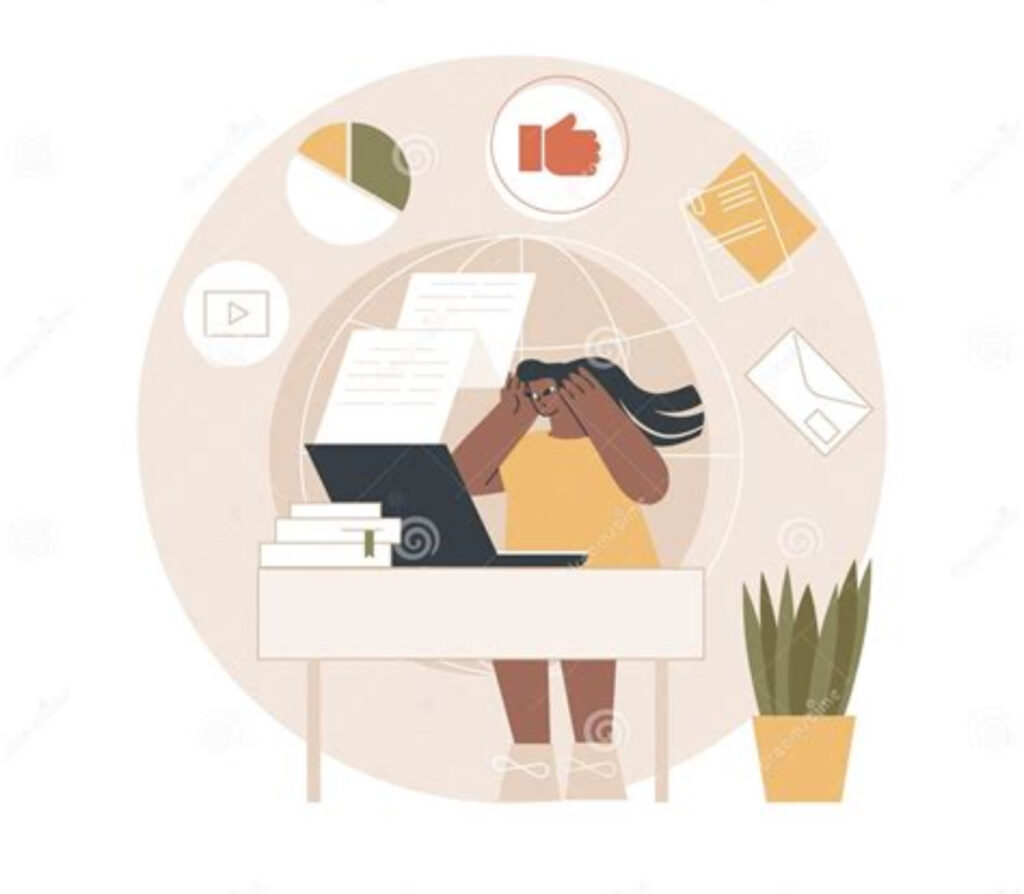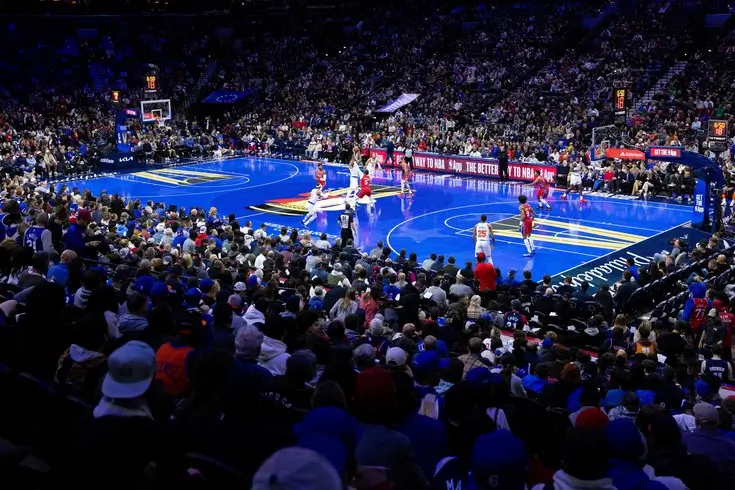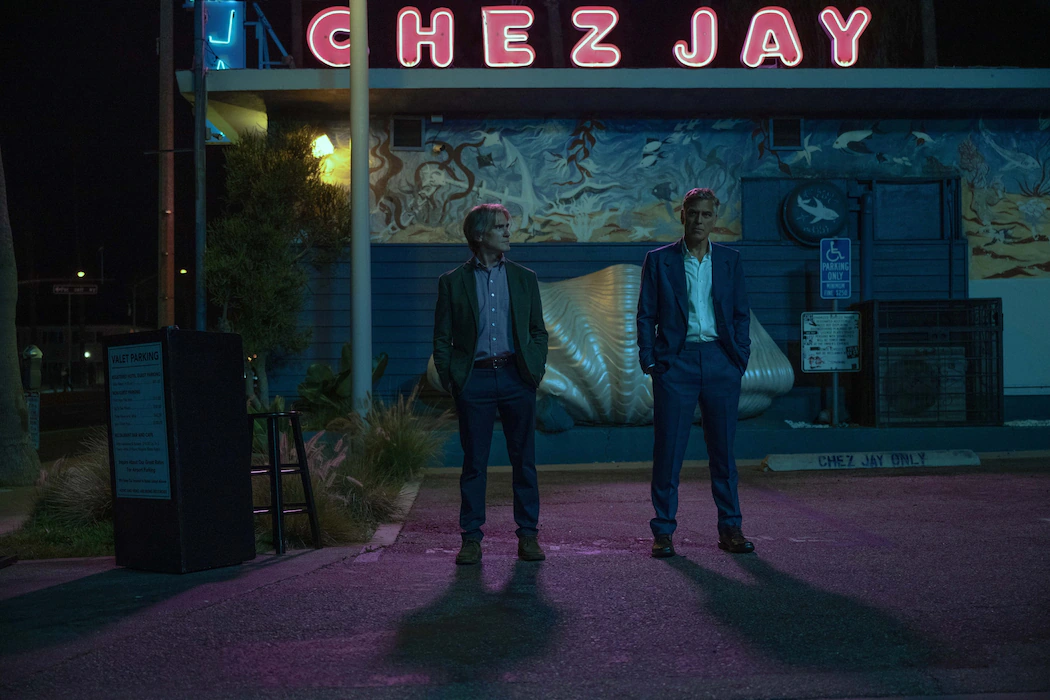There was a time—hard as it may be to remember—when the end of the workday felt like a destination. The office door would close with an audible finality, computers would shut down, and one’s inbox would sit silently dormant, awaiting the clarity of morning. But now, in the wake of a technological renaissance and a global reevaluation of work habits, that door no longer closes.
Welcome to what Microsoft has dubbed the “Infinite Workday.”
According to its latest Work Trend Index Special Report, this is not an exaggeration or a poetic metaphor. It is a documented, data-driven reality. By analyzing trillions of anonymized data points from Microsoft 365 users around the world, the tech giant has mapped a sobering new rhythm of labor—one where time itself seems to have been shattered by the ping of constant notification, the eternal red dot of an unread message, and the quiet tyranny of invisible expectations. The 9-to-5? That relic of the Industrial Age has now melted into an always-on stream of emails, impromptu Teams calls, and cognitive fragmentation that never seems to relent.
Dawn Patrol: When Work Wakes First
According to Microsoft, 40% of users online at 6:00 AM are not meditating, journaling, or savoring the quiet of pre-dawn calm—they’re already sifting through work email. This behavior began as a necessity during the pandemic, when personal and professional realms were forcibly blurred, but it has now fossilized into habit. The snooze button has lost the battle to Outlook.
By 8:00 AM, Microsoft Teams becomes the dominant communications medium within the ecosystem, marking the official start of the day for most remote and hybrid professionals. From this moment, the pace accelerates: 153 messages are exchanged per person, per weekday on average. That’s more than 18 per working hour—or one every three minutes—assuming no one ever breaks for lunch.
This early start, Microsoft notes, is often the only time knowledge workers can engage in “focus time,” a sacred stretch of undistracted productivity now rationed like clean water in a desert of disruption. Paradoxically, it’s also the time most people feel they are functioning below their cognitive prime, still adjusting to wakefulness while the emails stack like dominoes.
The Pressure Cooker: Midday Meltdowns
Once the morning caffeine kicks in and circadian rhythms align, productivity typically peaks between 9:00 AM and 11:00 AM and again from 1:00 PM to 3:00 PM. Unsurprisingly, half of all meetings occur during this time, according to Microsoft’s telemetry. But these aren’t necessarily planned, nor welcome.
In an astonishing twist, 57% of meetings happen without a calendar invite, meaning they are unstructured, often last-minute, and prone to derail other scheduled priorities. One in ten meetings are booked with less than five minutes’ notice—a signal of both digital impulsiveness and an endemic disregard for cognitive flow.
Imagine a painter being told to drop their brush mid-stroke every ten minutes, or a musician being asked to switch instruments in the middle of a solo. That’s the modern knowledge worker’s fate: a kind of orchestral interruption that splinters productivity into fragments too small to complete anything meaningful. The work gets done, yes—but in a mosaic of rushed attempts, crossed signals, and constant recalibration.
After-Hours Asymmetry: The Creep of Night Work
Perhaps the most damning revelation of Microsoft’s report lies in the 16% increase in post-8:00 PM meetings over the past year. Once the clock used to wind down and domestic life took precedence; now, it ticks into twilight with notifications still flaring and video calls still occurring. Boundaries have become porous. Screens illuminate darkened rooms as workers type softly in bed or squint over spreadsheets during dinner.
The statistics do not stop there:
- The average employee now sends or receives over 50 emails outside of business hours per week.
- On weekends, 20% of employees check email before noon, many doing so out of anticipatory anxiety—an unspoken pressure to stay one step ahead, even on their rest days.
This erosion of off-hours not only contributes to burnout but also distorts our sense of personal time. When leisure becomes indistinguishable from labor, rest itself begins to feel unearned or even irresponsible. Work has colonized the weekend, and the invasion is silent.
Micro-Interruptions, Macro-Consequences
Perhaps the most jaw-dropping figure from the Work Trend Index is this: during core business hours, the average Microsoft 365 user is interrupted by a meeting, email, or notification every two minutes.
Two. Minutes.
To contextualize: most studies on human focus estimate it takes at least 23 minutes to fully regain concentration after an interruption. That means modern professionals are now living in a paradox—perpetually entering recovery from interruptions that never truly end. It is a psychological treadmill that simulates motion but offers no progress.
Add in informal distractions—chat messages, social updates, fantasy football musings—and you realize we’ve built a digital environment that rewards reactivity over reflection. The knowledge economy may be booming, but knowledge itself is increasingly parceled into distracted bytes.
AI to the Rescue? Maybe. Maybe Not.
The report’s final chapter, almost inevitably, turns toward Artificial Intelligence. The hope: that AI tools embedded in Microsoft 365—like Copilot—can shoulder the burden of menial tasks: note-taking, scheduling, summarizing meetings, or sorting messages. In theory, this delegation would liberate employees to focus on “high-value thinking”—strategy, design, relationship-building.
But the fear, as echoed by Forbes and other commentators, is that AI will not reduce workloads but merely multiply expectations. If a bot can write your email or prep your slides, management may simply expect five more projects before noon. Efficiency becomes exploitation. Liberation becomes leverage.
And there’s the deeper irony: the very tools designed to preserve focus—notifications, AI assistants, digital organizers—are also the primary agents of cognitive fragmentation. They remind us of what we owe, who’s waiting, what’s overdue. They are, in essence, tools of anxiety dressed as productivity.
The Cultural Shift: From Labor to Lifestyle
What Microsoft’s data ultimately points to is not just a change in workflow, but a redefinition of work culture. The Infinite Workday is not an accident—it is the logical endpoint of digital capitalism, where presence has replaced productivity, and visibility is mistaken for value.
In pre-pandemic structures, leaving the office meant you had left work. Now, our office follows us—into our bedrooms, onto our vacations, across time zones. The badge swipe has been replaced by a blinking status dot. You are green; you are working. You are yellow; you are maybe slacking. You are red; you are avoiding. Or sleeping. Or grieving. Or just offline. But work doesn’t ask which.
In a perverse way, modern workers are never truly off the clock because there is no longer a clock—just a rolling fog of tasks without walls or horizons. Time itself has become elastic, stretched thin across screens, syncs, and silent pressures.
Solutions, or Mere Sedatives?
What’s to be done?
Microsoft, to its credit, is advocating for reforms: encouraging asynchronous collaboration, intelligent scheduling, clearer meeting norms, and AI integration that prioritizes wellness. But these solutions often feel like bandages over a deeper wound: the cultural addiction to always-on availability.
Perhaps more revolutionary than AI would be a redefinition of professional expectations:
- Normalize delayed responses.
- End the glorification of busyness.
- Reward outputs, not availability.
- Design digital spaces that prioritize quiet.
- Re-establish protected focus hours—with real enforcement.
More radically, we must ask: Why is the workday infinite? Not just how, but why. Whom does this serve? What are we sacrificing? Because unless we interrogate the roots of this rhythm, we are simply dancing to a melody of exhaustion.
Human Cost: The Toll of Always Being On
Beyond the numbers, there is a psychological cost. Always-on work fosters low-grade anxiety, chronic fatigue, digital presenteeism, and, ultimately, burnout disguised as diligence. It severs the boundary between self and role, replacing identity with itinerary.
Relationships suffer. Sleep quality declines. Creativity flatlines. And over time, the joy of meaningful work—of building, solving, connecting—turns into something grim: obligation without inspiration.
Even the concept of “work-life balance” becomes meaningless when life becomes work and work becomes life. What we now need is not balance, but containment—walls around time, not just reminders in calendars.
Ideologue
Microsoft’s Work Trend Index offers a mirror. What it reflects is sobering: a civilization where technological convenience has outpaced human well-being. Where performance is measured in availability, and peace is a forgotten metric.
But all is not lost.
We can still recalibrate. Through design, discipline, and deliberate cultural shifts, we can rebuild the workday—not as an endless loop, but as a contained arc. One with a beginning and, yes, a merciful end.
Because sometimes, the most radical act in the 21st century isn’t being productive.
It’s logging off.
No comments yet.








